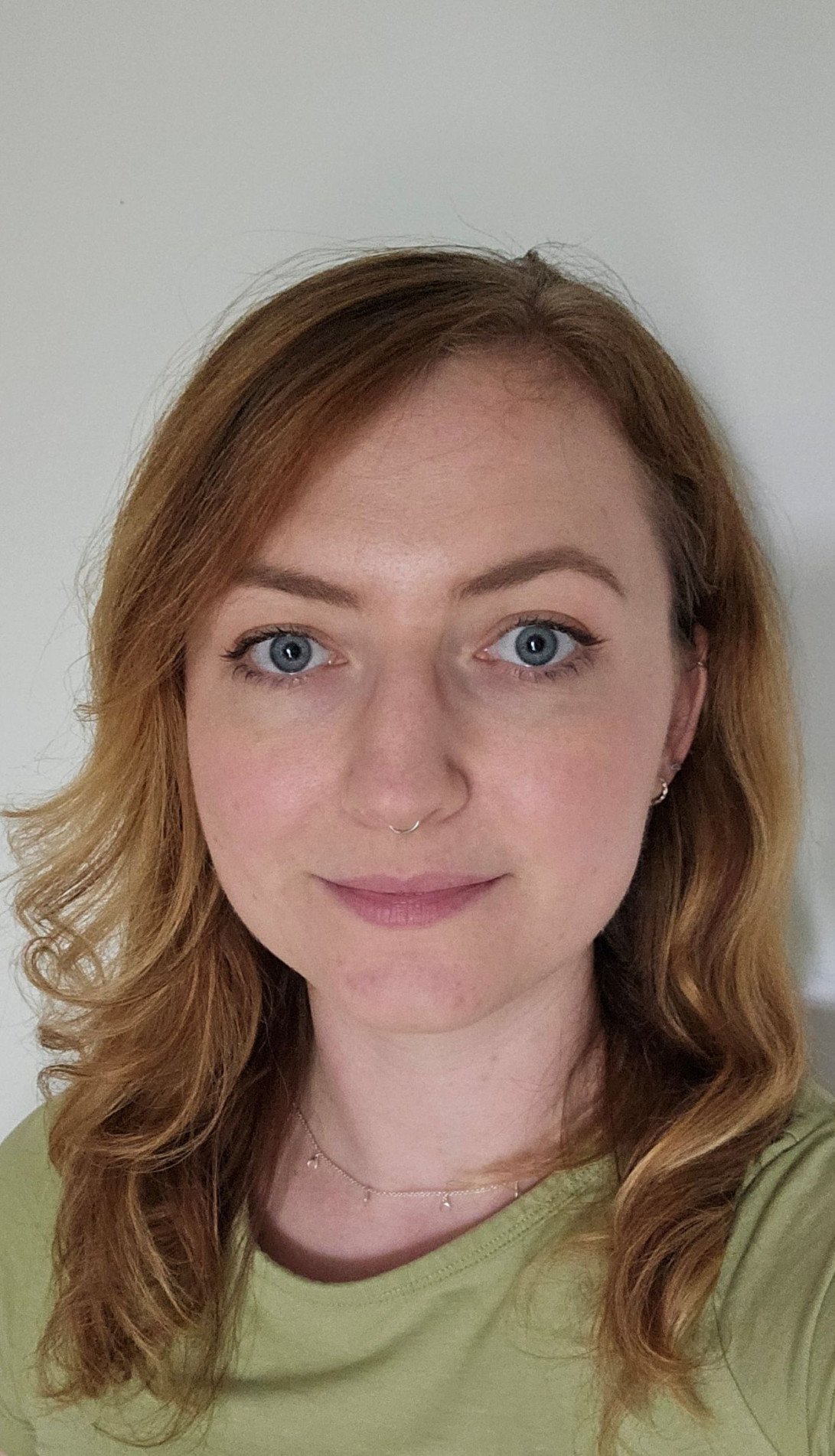Imagine waking up on a January morning: the alarm blares, the room is still dark, and every fibre of your body wants to hibernate.
For millions, this isn’t simple winter sluggishness — it’s Seasonal Affective Disorder, a recurring depression that returns with the cold like an unwelcome guest.
For decades, the go-to remedy has been to sit before a blinding light box, flooding the eyes with simulated sunshine.
Yet while light can lift mood, its glow fades fast once treatment stops. Could retraining the mind itself offer a longer-lasting cure?
That’s what researchers set out to test in the first systematic review and meta-analysis comparing Cognitive Behavioural Therapy (CBT) and light therapy (LT) for adults experiencing acute winter depression.

Key Points
- Seasonal Affective Disorder (SAD) brings recurrent winter depression marked by low mood, fatigue, and carb cravings.
- This meta-analysis of randomized controlled trials found that group Cognitive Behavioural Therapy (CBT) works as well as light therapy (LT) during treatment.
- At one- to two-year follow-up, CBT showed greater protection against relapse than LT.
- CBT targets thought patterns and behaviours that fuel winter depression, potentially offering more durable change than biological fixes.
- Evidence is promising but limited—most studies came from one U.S. team using a single CBT-SAD protocol.
Looking beyond the light
The review gathered data from three randomized controlled trials (RCTs) and two follow-ups — all led by clinical psychologist Kelly Rohan’s team in the U.S.
Participants met diagnostic criteria for winter-pattern major depression and were randomly assigned to group-based CBT tailored for SAD or to light therapy using a 10,000-lux light box each morning.
CBT for SAD followed a six-week “Coping with the Seasons” program combining behavioural activation (finding rewarding winter activities) and cognitive restructuring (challenging bleak thoughts about darkness, weather, or self-worth).
The aim: to break the spiral of avoidance and hopelessness that short days can trigger.
Researchers tracked depressive symptoms using gold-standard measures such as the SIGH-SAD and Beck Depression Inventory (BDI-II) immediately after treatment and again one to two years later.
What they found
Across roughly 220 participants, the meta-analysis showed:
- No difference between CBT and light therapy right after treatment — both eased depressive symptoms.
- At one- to two-year follow-up, those who had CBT scored significantly lower on depression scales (about four to five points lower on average) and had fewer relapses than those who relied on light therapy alone.
In other words, the talk-based approach didn’t just brighten mood; it appeared to keep the lights on inside the mind long after lamps were switched off.
Why changing thoughts may last longer than changing light
Light therapy targets biology — it resets circadian rhythms and boosts serotonin — but once the lamp is packed away, biology reverts.
CBT, by contrast, teaches people to spot and dispute the mental scripts that amplify winter despair: “I can’t do anything in the dark,” “I’ll always feel this way.”
As those beliefs soften, people start re-engaging in meaningful activities despite the season, creating self-reinforcing cycles of pleasure and energy.
It’s like installing a psychological dimmer switch — learning to turn up inner light when the outer one fades.
This may explain why CBT offered longer-term protection, even when some participants stopped therapy altogether.
By altering the mental “software,” not just the biological “hardware,” CBT gives people tools they can reuse every winter.
Caveats in the evidence
The findings come with frosty limitations. Every trial was conducted by the same U.S. research group, with samples that were mostly white, educated women.
Only group-based CBT was tested, not the one-to-one format common in NHS Talking Therapies.
Risk-of-bias varied: one study scored high, another low. And with just three RCTs available, the evidence base is still thin.
The authors caution that results, though encouraging, need replication across diverse populations and therapists.
What this means for therapy and everyday life
Still, the message is hopeful: psychological approaches can match the biological fixes for SAD — and may outlast them.
CBT could help people not only survive winter but thrive through it, reframing short days as a challenge, not a sentence.
For clinicians, the review supports incorporating SAD-specific CBT modules that address seasonal beliefs and behavioural withdrawal.
For the public, it reinforces that treatment need not be limited to light boxes or antidepressants. A well-structured CBT program can be a powerful winter survival skill.
Imagine entering February not with dread but with a plan: scheduling small pleasures, challenging catastrophic thoughts, recognising that moods ebb and flow with daylight but don’t define identity.
That’s the psychological resilience CBT aims to build — a kind of mental daylight savings time.
Why it matters
Depression that ebbs with the seasons can feel like a force of nature.
This research shows it’s also a pattern of thoughts and behaviours that can be retrained.
CBT doesn’t change the length of winter days — but it can change how people live through them.
For those who feel their world narrows with the dark, therapy may teach that light isn’t only outside the window — it can be switched on from within.
Reference
Melton S, Wieland S, Bastounis A, Carter T. Cognitive behavioural therapy for seasonal affective disorder: a systematic review and meta-analysis. The Cognitive Behaviour Therapist. 2025;18:e41. doi:10.1017/S1754470X2510024X


